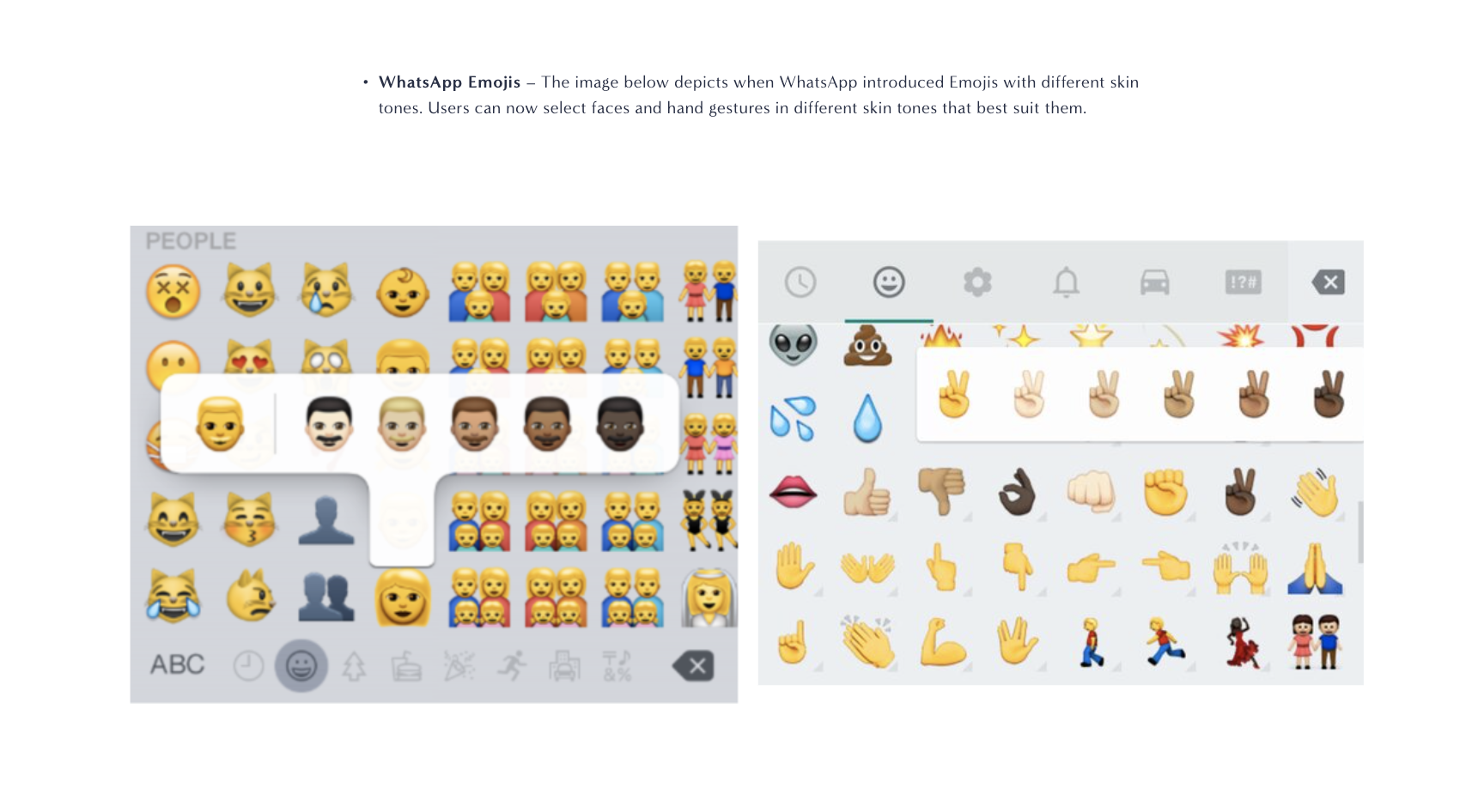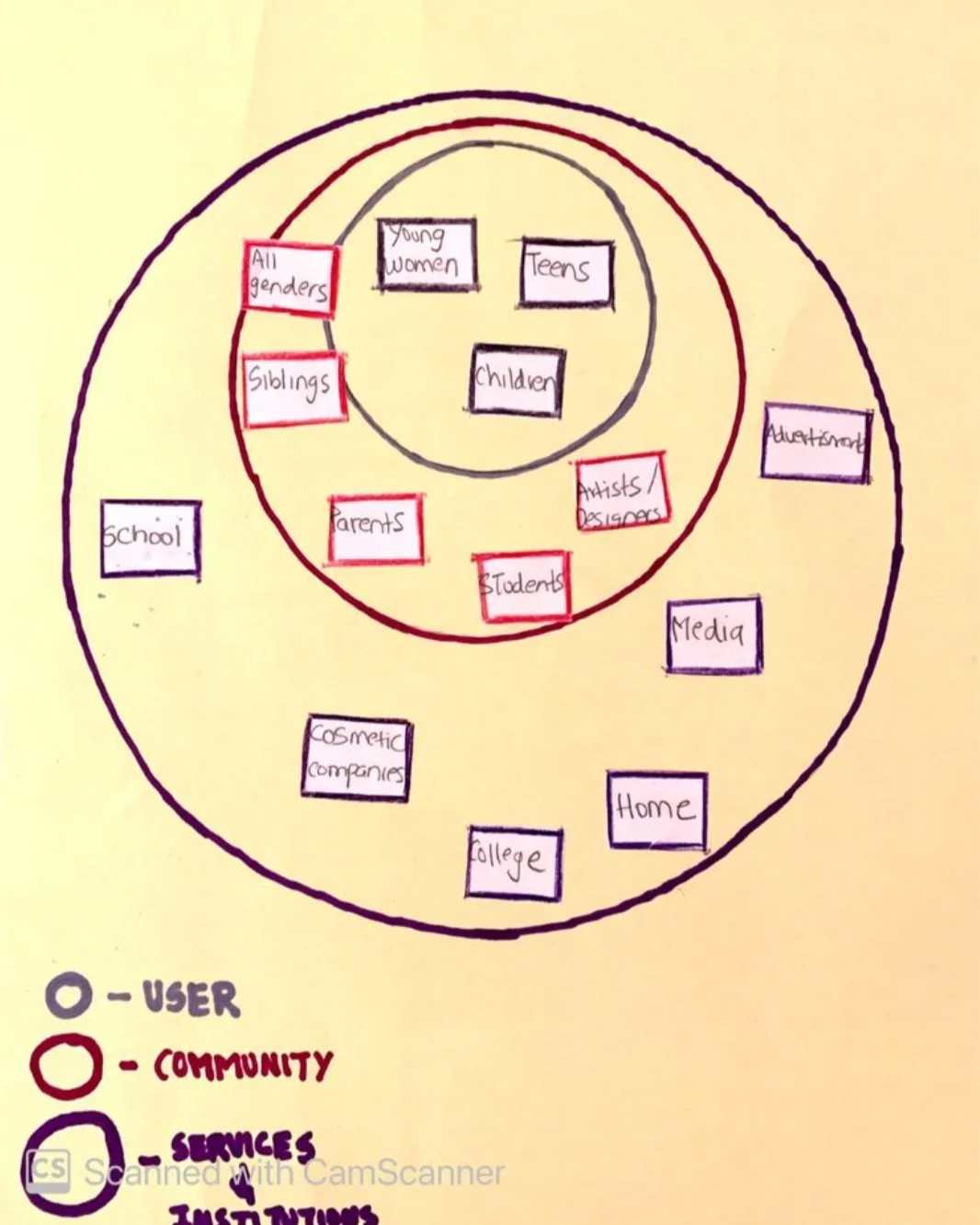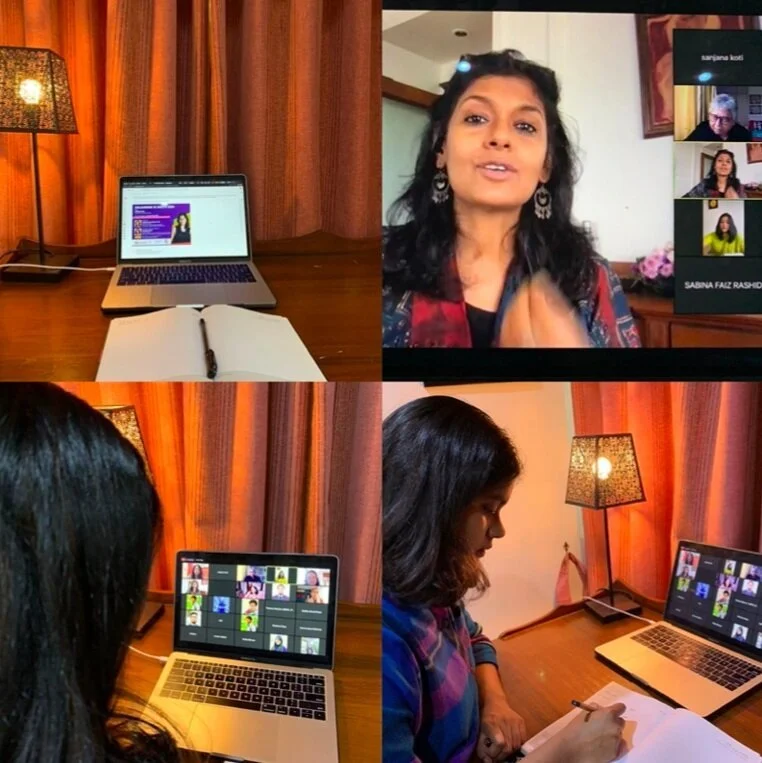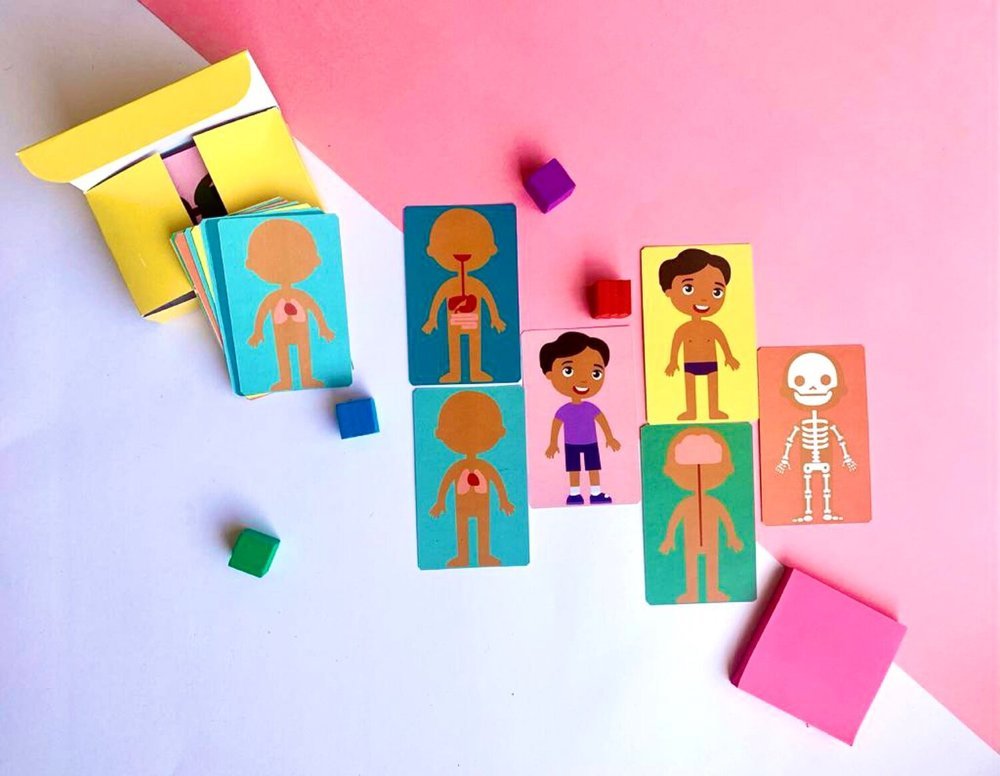
Skin Deep
Where all colours are celebrated: An Educational toolkit fostering diversity & self-acceptance through discussions on skin colour with children
Year
2021
Project
Master’s Thesis - UX
Project Overview
As part of my Master's in User Experience Design, my thesis, Skin Deep, is an interactive educational toolkit designed to foster healthy conversations about skin colour between parents and their children. Aimed at girls aged 5 and up in India, the toolkit features three components that encourage embracing, questioning, challenging, celebrating, and respecting all shades of skin colour. This project has the potential to become a transformative tool in schools, promoting discussions not only about skin colour but also about various forms of diversity.
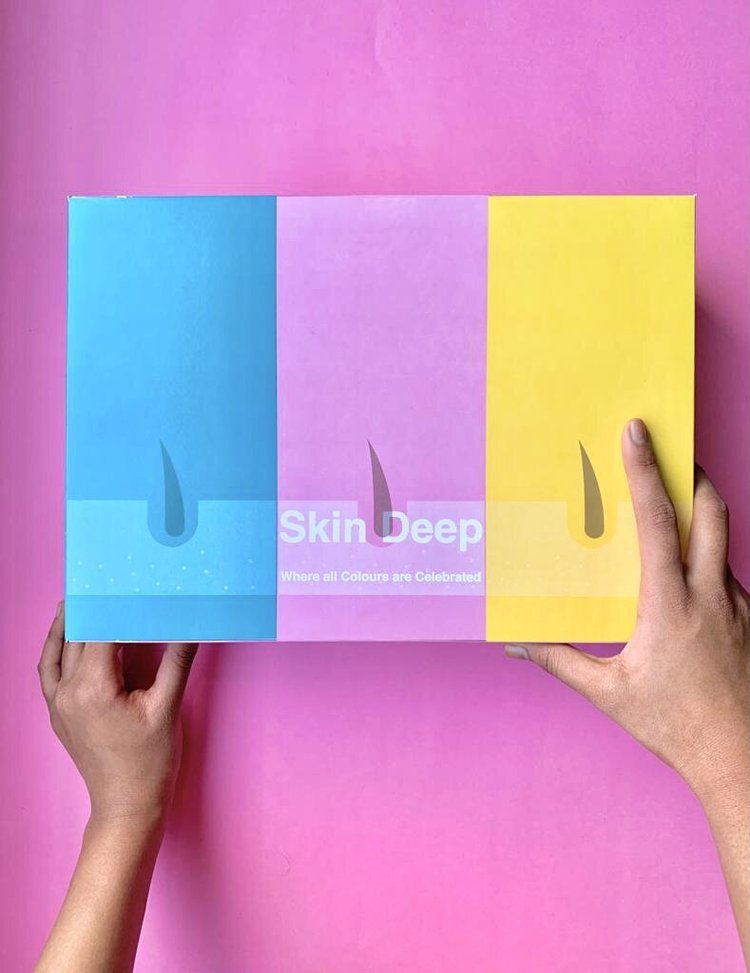


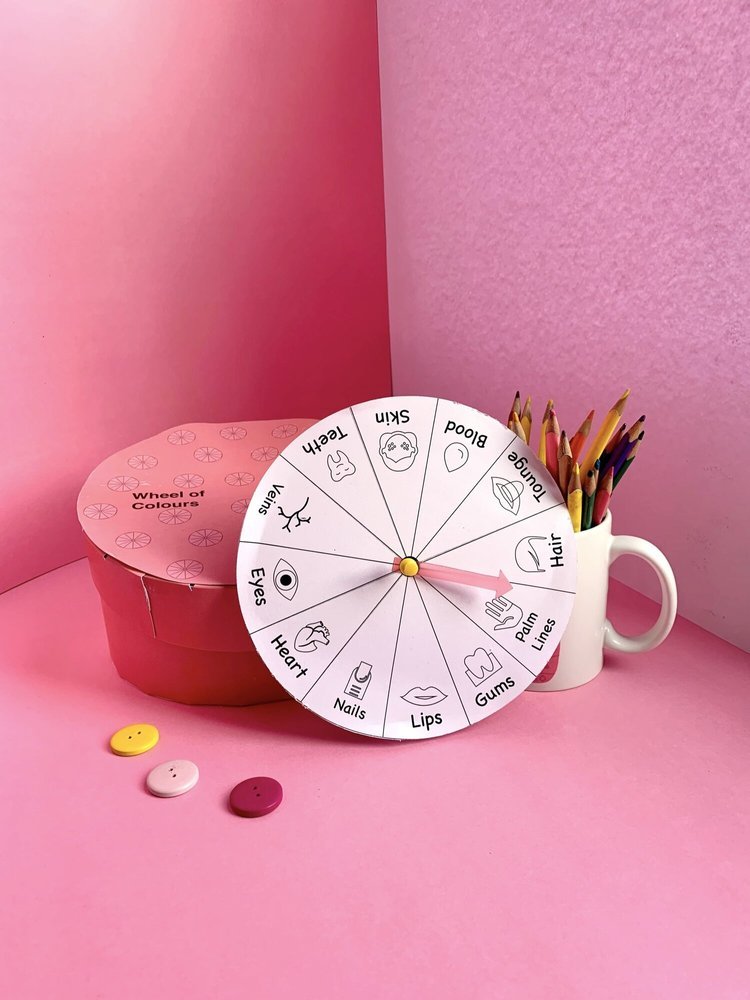
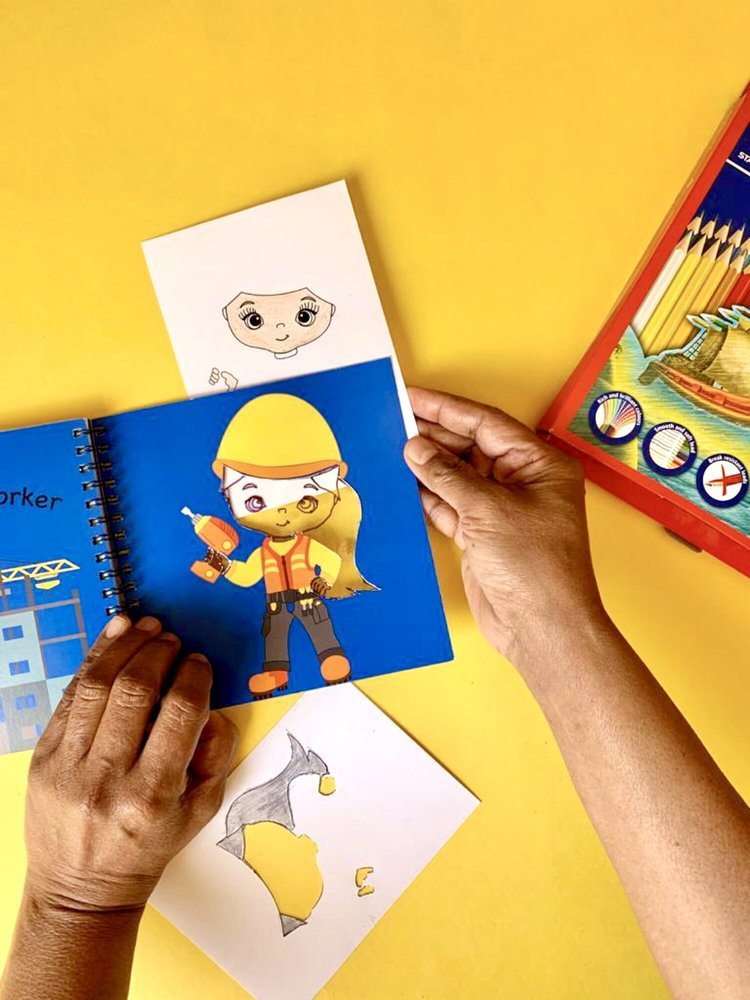

Research & Methodology
The topic of Skin Colour interested me deeply. As the topic in-itself was too broad, the following research methods helped narrow down my topic and design for a specific challenge being faced. I was very excited to experiment with various research methods that would best suit my findings.
Problem Statement & Project Objective
The Challenge: The discrimination on basis of skin colour and colour shaming has been prevailing in Indian society for a long time. The multi-billion dollar fairness cream market in urban India depicts a strong correlation between fairness and beauty in India and how women continue to stay as the majority users of such products, attitudes and beliefs. How do we fight and put an end to this form of discrimination that is so deeply engrained and has become normalised in Indian society? The aim of this project is to change the attitude behind such beliefs at all levels from children to adults.
The Objective: As a designer I felt the change in attitudes will be the most powerful if it can take place in our very own homes, as they play an important role in shaping our beliefs. Therefore, having healthy conversations from a young age would help prevent such attitudes from setting in. The activities are designed to lead the child on a journey of learning to celebrate themselves, creating a positive and healthy relationship with skin colour and to understand and appreciate others around them.
Literature Reviews, Case Studies & Practice Review
Literature Reviews, Case Studies
I began my research with Literature Reviews and case studies, as it is necessary to understand how and when an individual’s skin colour became an important aspect in Indian society, and for this reason, it is imperative to understand India’s lengthy history. The research included internal factors such as the Caste system, external factors when the British ruled over in India, and more recently the effects of media. Towards the end of my secondary research I understood how it is the conglomeration of such factors that have instigated India’s obsession with fairness and for such attitudes to last even till date. This could help me understand how to challenge such discrimination from the very root cause, by preventing the same from passing onto the next generation.
Practice Review
I also looked into existing work that surrounds my topic. The works of eminent artists and social activists whose work, and projects have successfully challenged, questioned and spread awareness about colourism both globally and in India. Their works have inspired me to create my design solution.

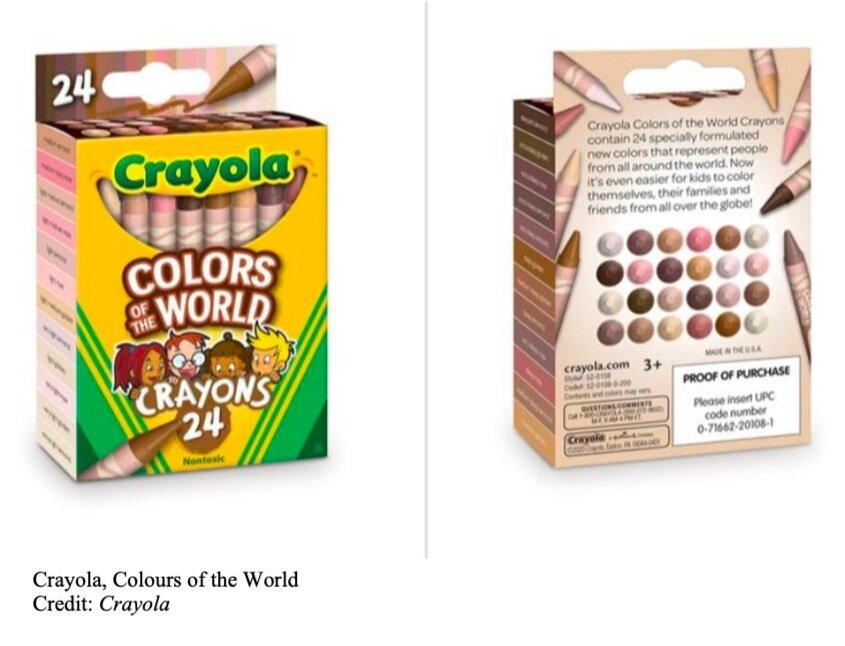

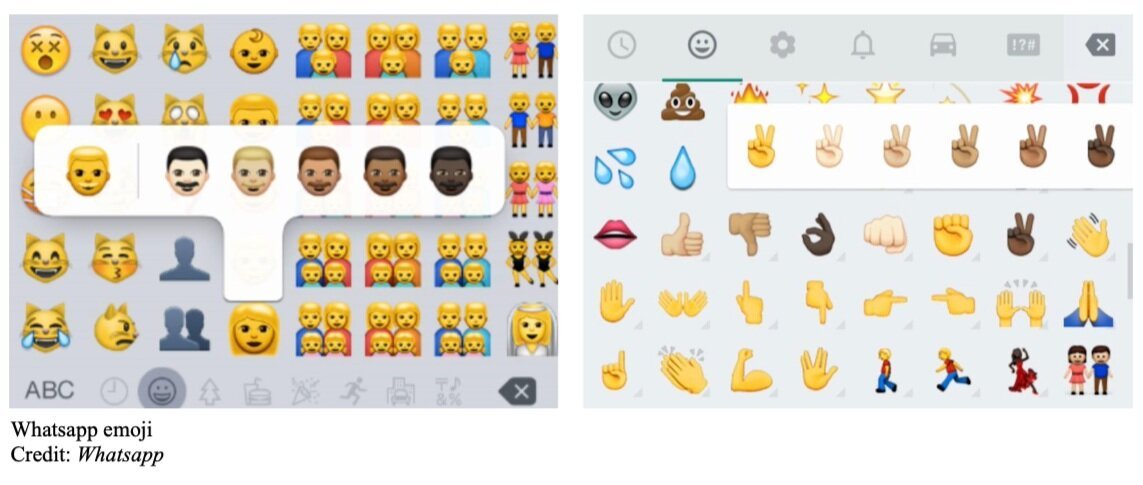


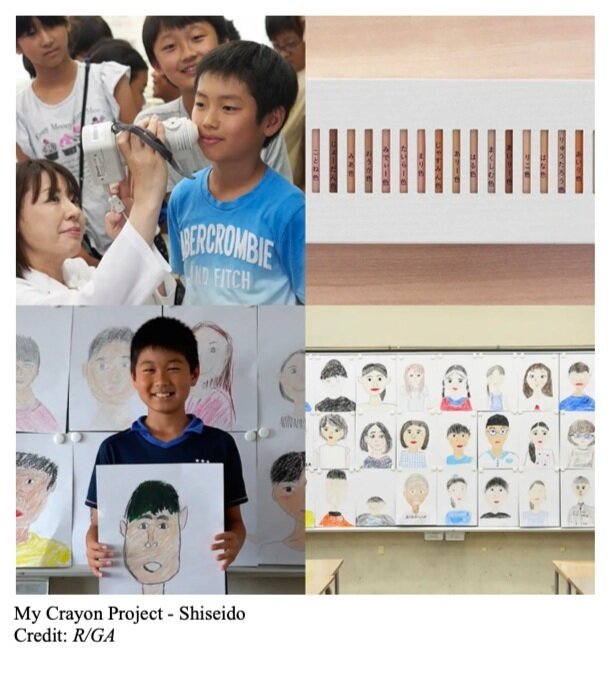

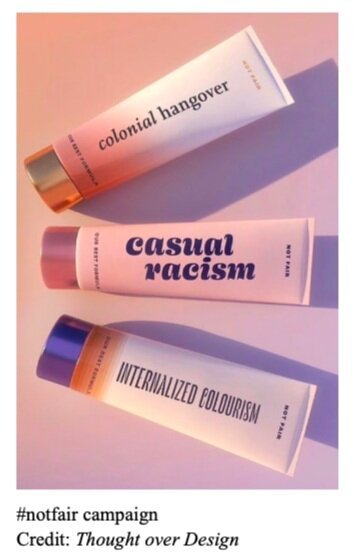
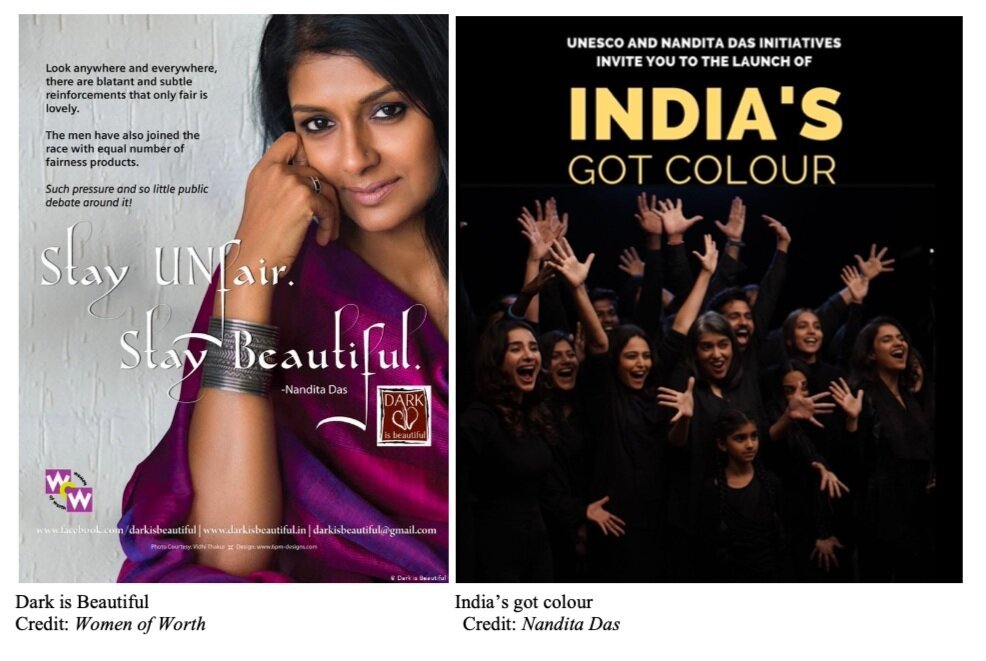
Word Associations & Thematic Analysis
To help narrow down my topic further, I made used of these two methods that would get people from various age groups and gender to think about five words associated to Skin Colour. Thematic Analysis further helped me grouping the various words into categories that would help identify any patterns if they emerged.
Social Media User Testing
This would help me understand How is Skin Colour captured, represented and communicated in the Digital World?. From my research I was passionate to design a more racially diverse platform or an interactive experience where one can apply their authentic skin colour more accurately.
Defining Audiences
Identifying the various stakeholders that are possibly connected and can be affected by this project, that would eventually help in defining my users.
Impact Ladder & Identifying Shifts
Impact Ladder
The ladder would help me foresee the short term and long term impact I want my project to make, the possible constraints I could encounter during the project and lastly, possible solutions for the project.
Identifying Shifts
The impact or changes we wanted to see happening through my designs. This would help in defining what I want my design to be and how it was going to be experienced.
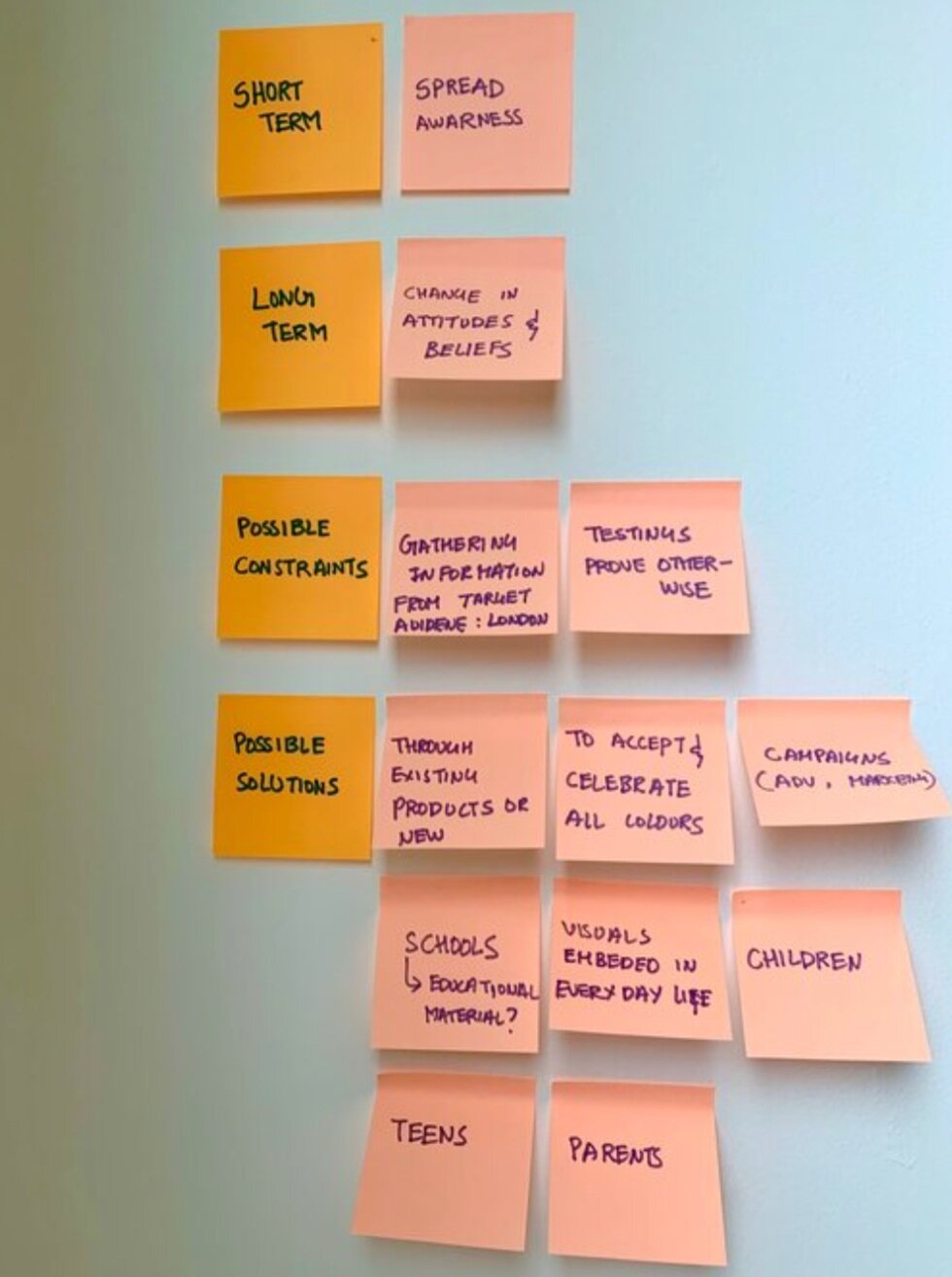
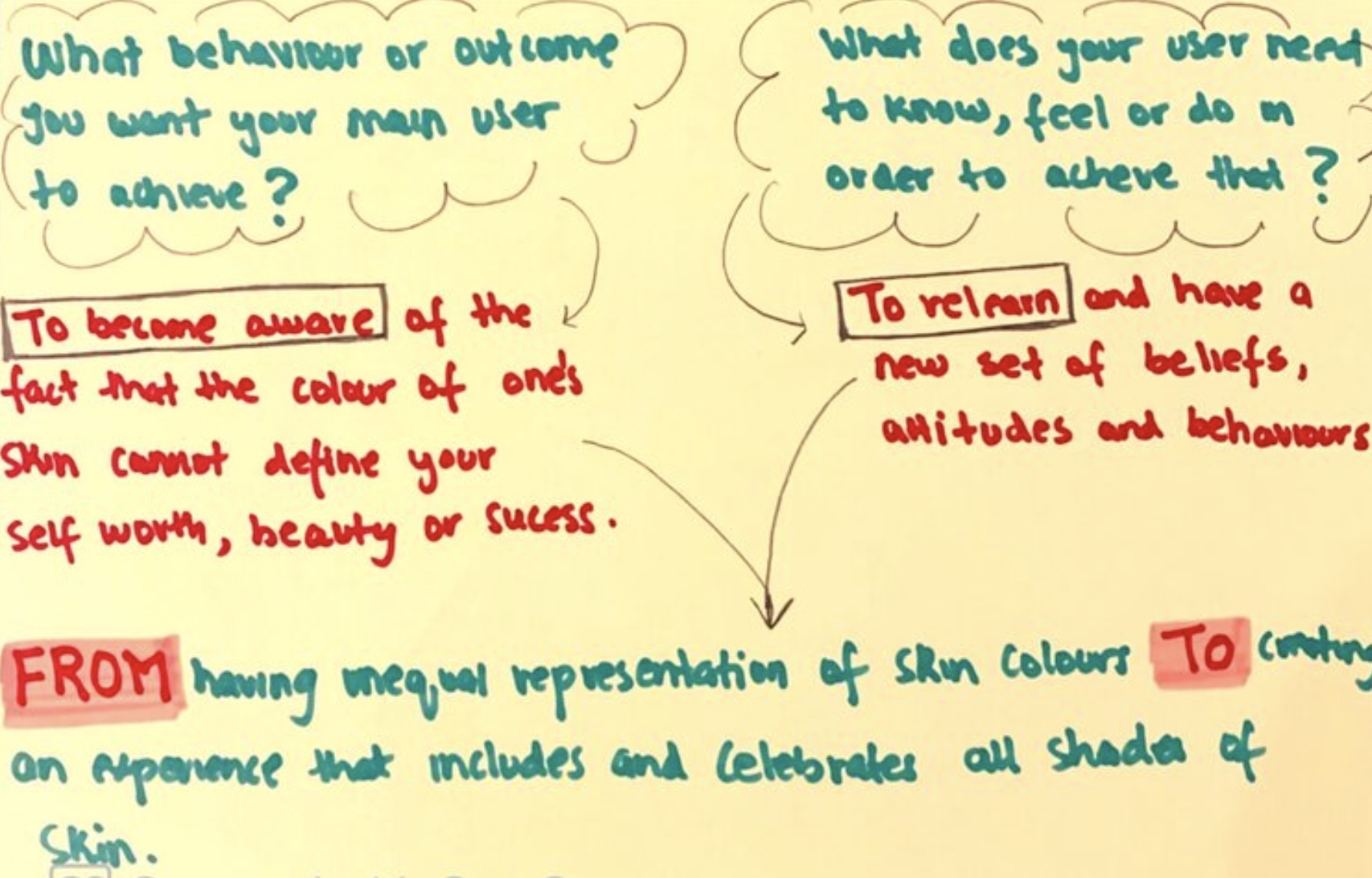
Artifact Analysis
This method helped to analyse how skin colour is represented in the physical world, in the daily environments and objects we see and interact with.
These could be objects or advertisements that we see every day that become embedded in our minds subtly, creating an unknowing bias we might have within ourselves too. Word Analysis – words, language or messages on such products. Image Analysis – the design, colours and graphics used on the products.
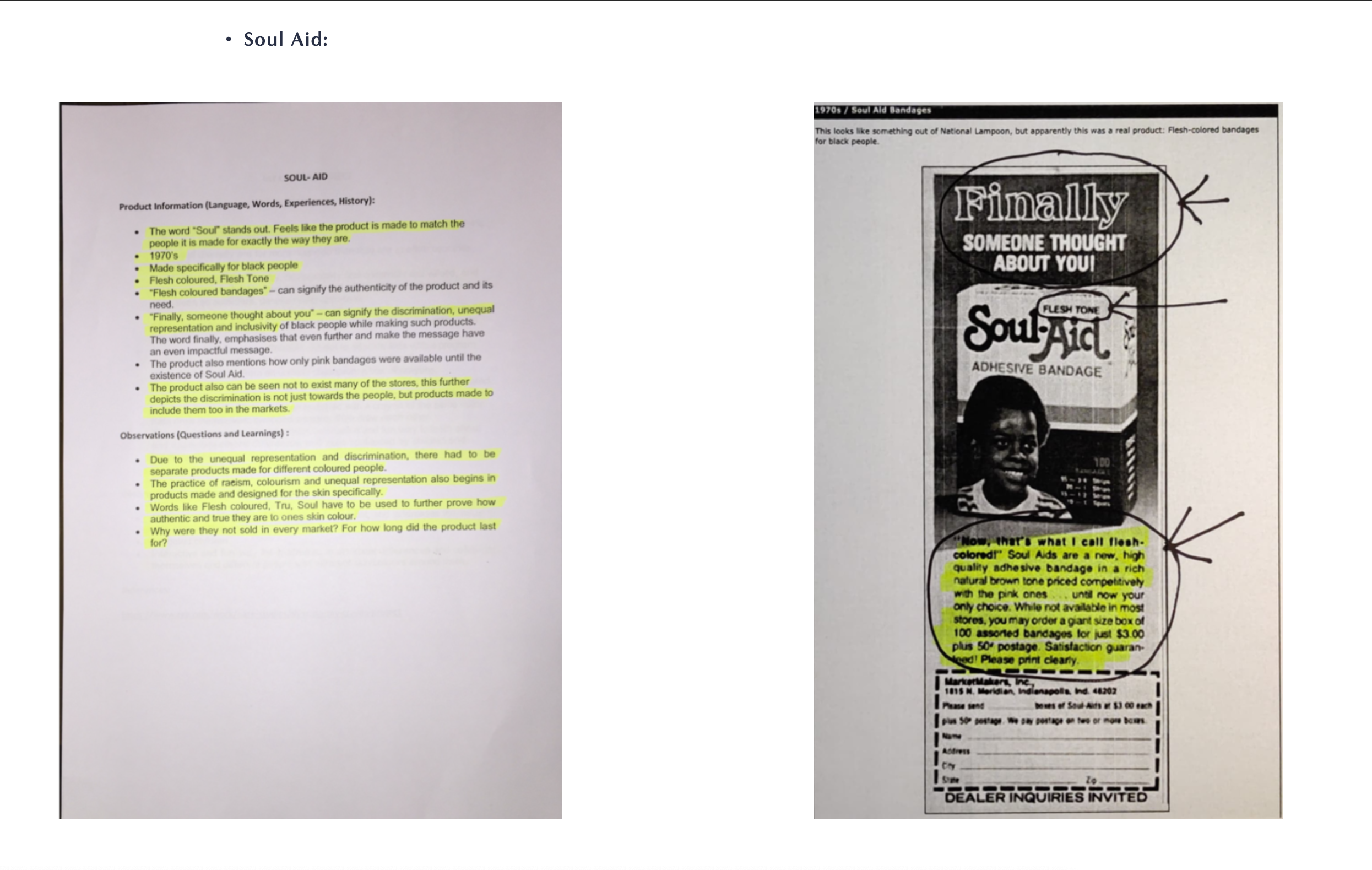
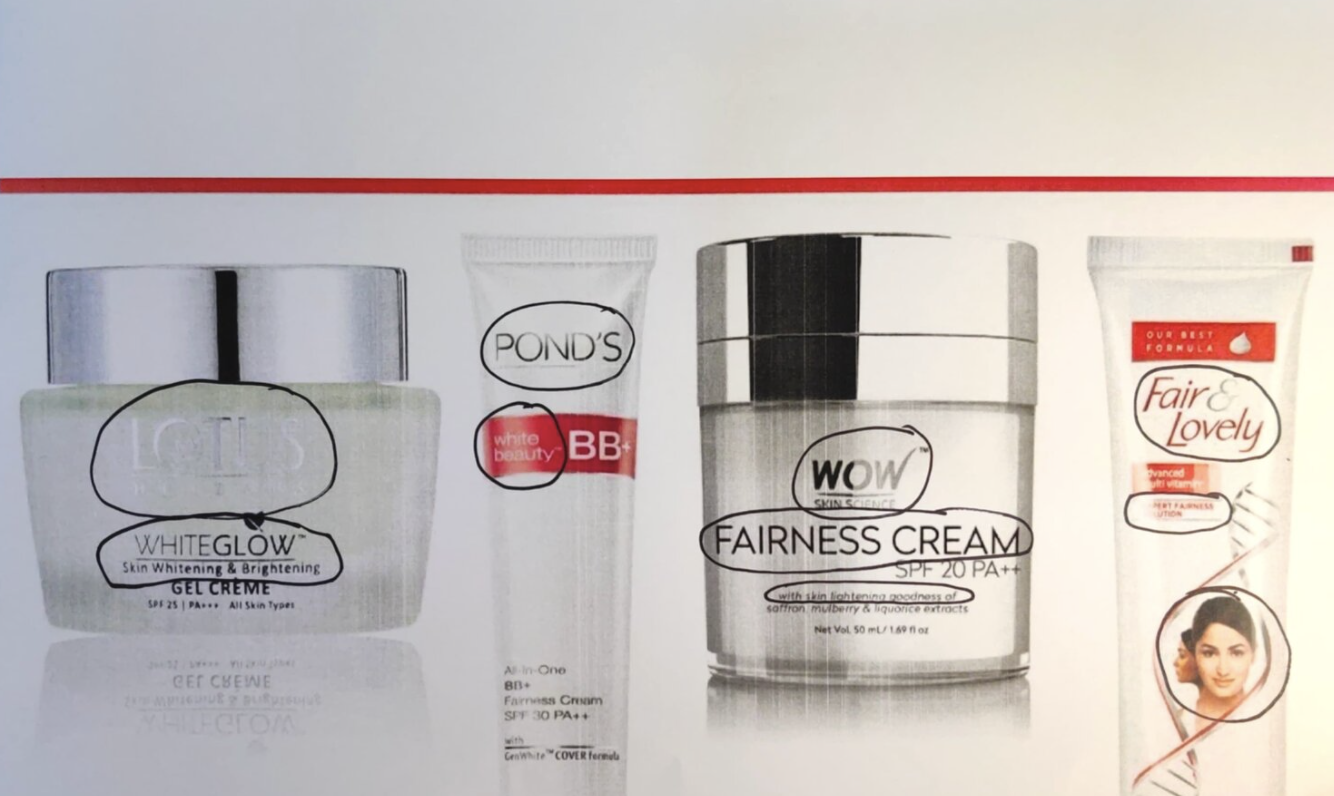
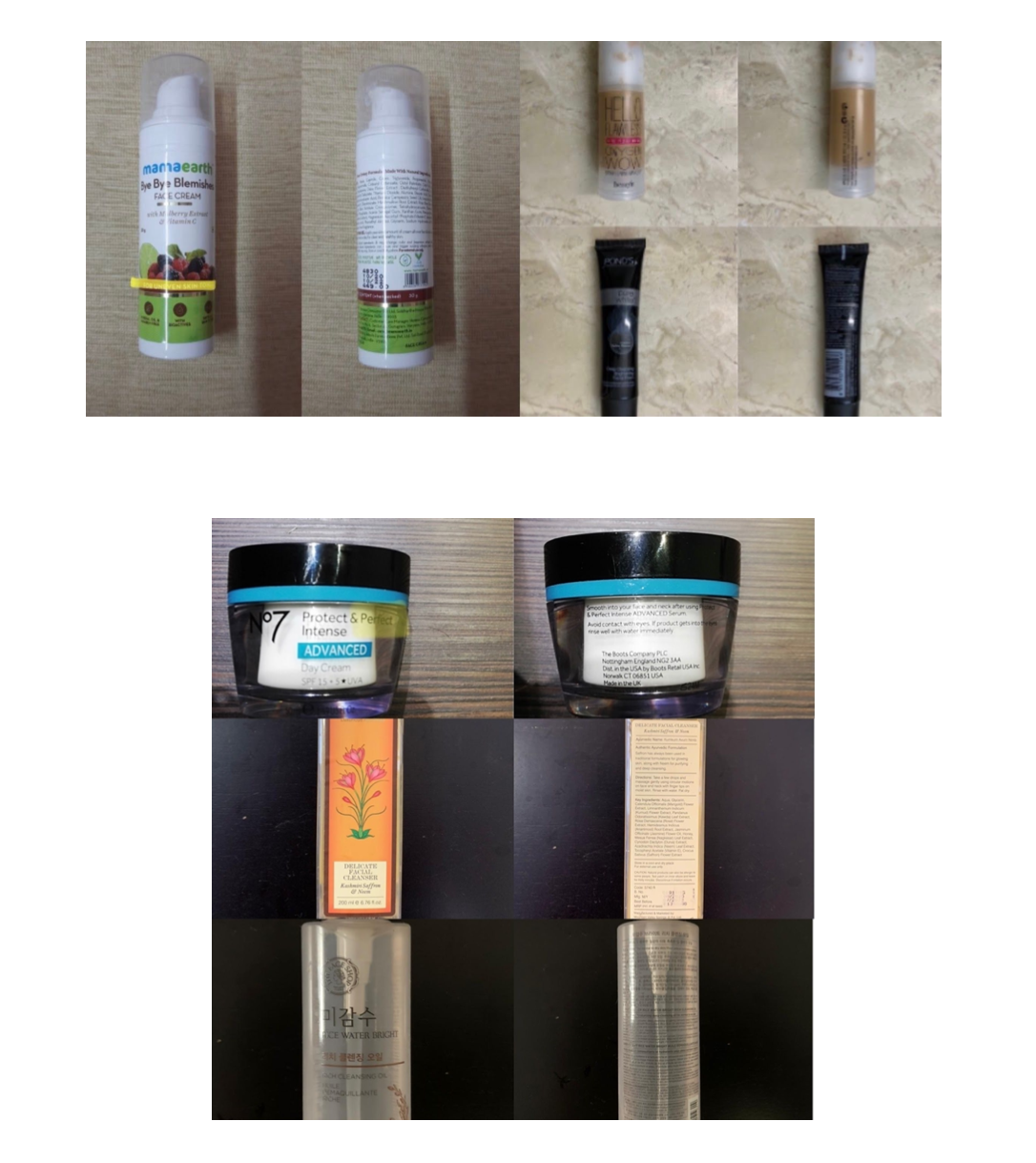
Webinar
I attended a webinar conducted by a prominent actor, director and social activist who is widely know in India. Nandita Das has been one of the most important social activists who has voiced her opinion against colourism in India. She is the face of many campaigns that not only stand for fighting against colourism but various other topics to empower women.
Consent Forms
Working with children and users required thorough research and the creation of thoughtful consent forms, as I planned to record sessions for research purposes.
Developing these forms was an integral part of my design process, as they provided clear instructions on what the session would entail and set expectations. This approach helped create a comfortable and safe environment for participants, ensuring they could be their authentic selves, which in turn minimized any potential impact on the study’s outcomes.
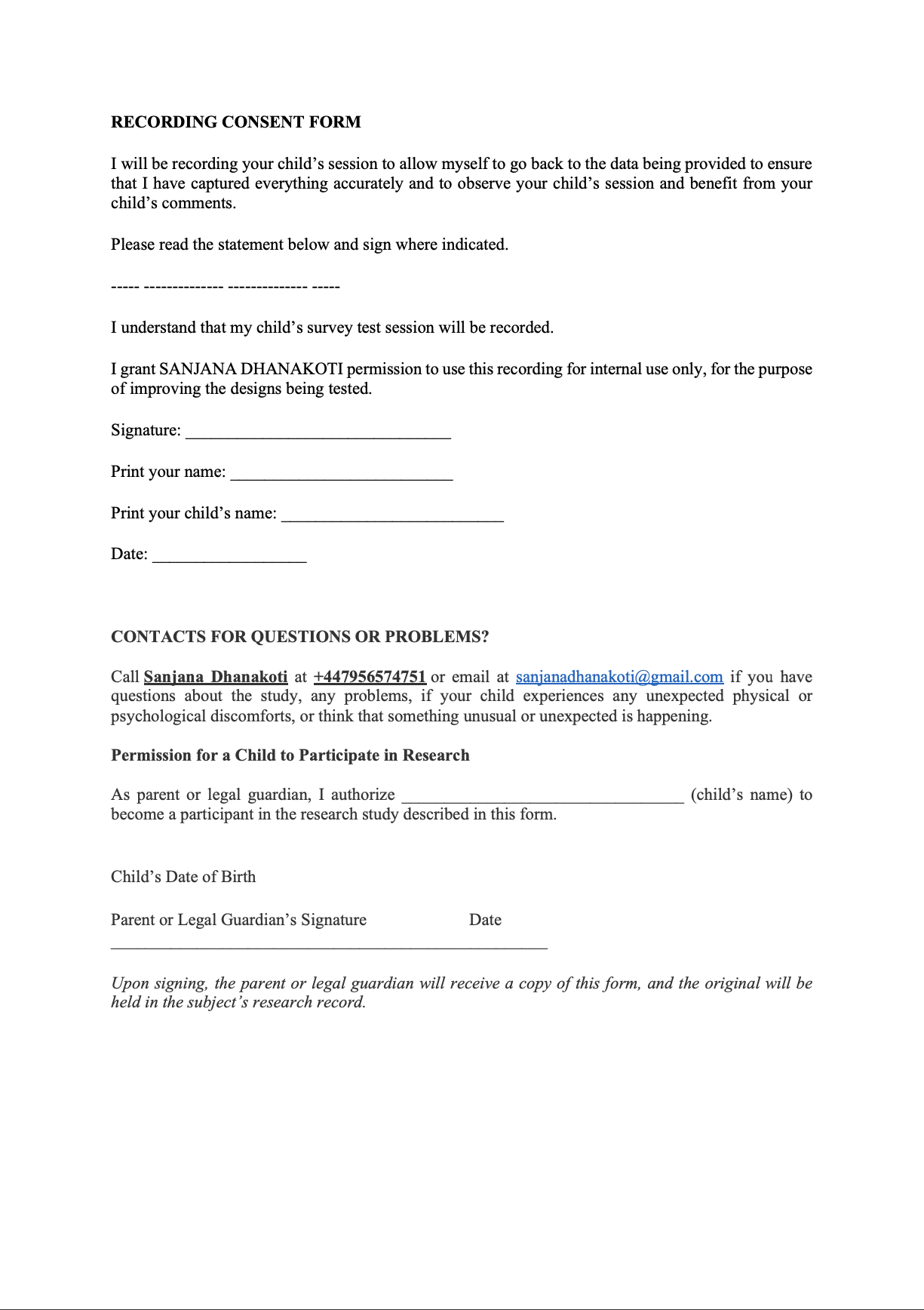

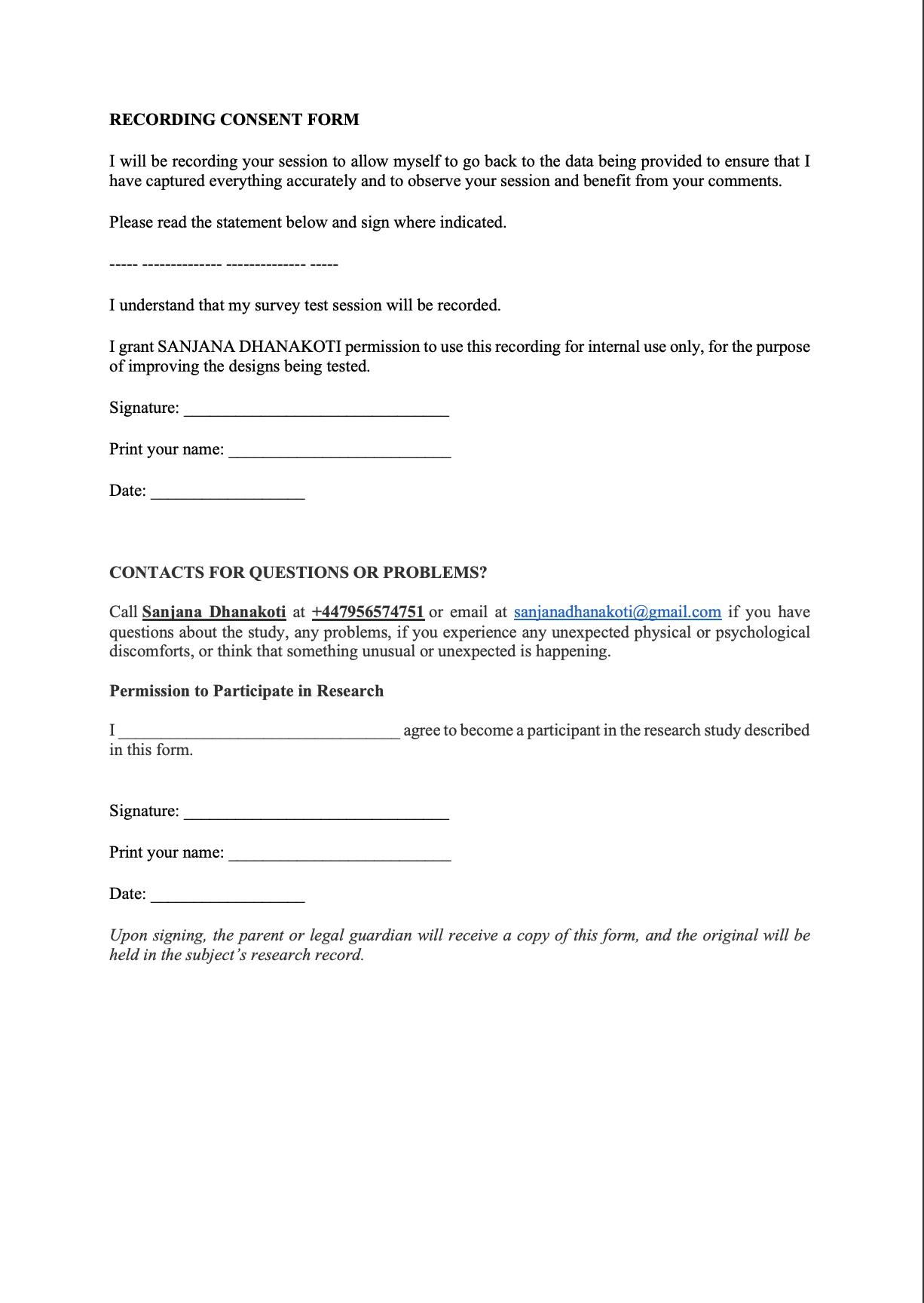



User Testing based on study
Before deciding on who to design for and what to create, there was an existing survey conducted in Mumbai, India. The results of the survey continues to prove that women remain as the larger user of fairness products in modern urban India. From these studies one can derive that there is a conscious use of these fairness products by women.
I decided to use a group of young women for my research to test if there are any unconscious biases that dictate our everyday choices and attitudes about the world around us. My study also aims to see the connection between beauty and fairness. The following responses from the children captivated me the most, it was shocking to see how this unconscious bias had already set in in the minds of children.

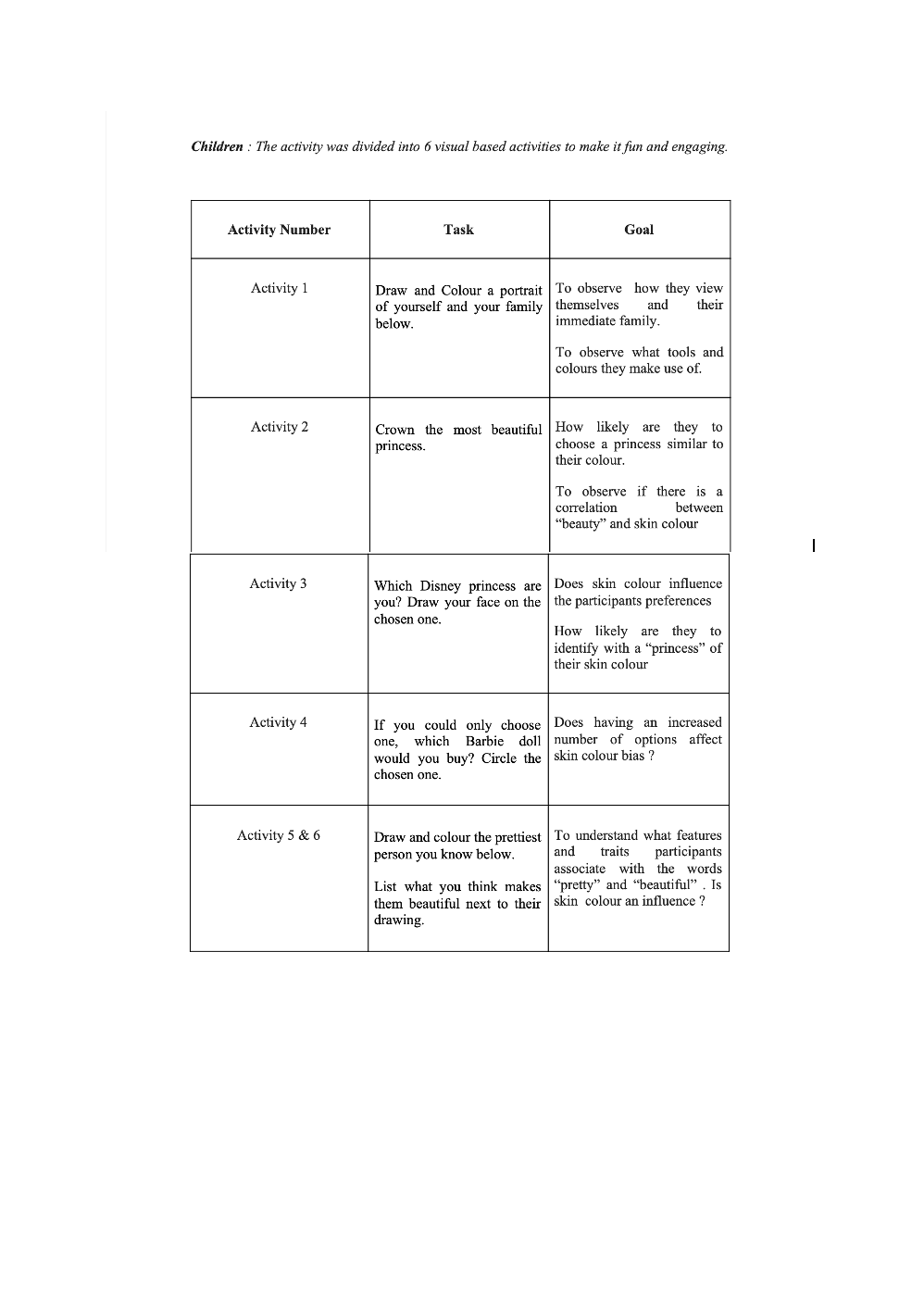
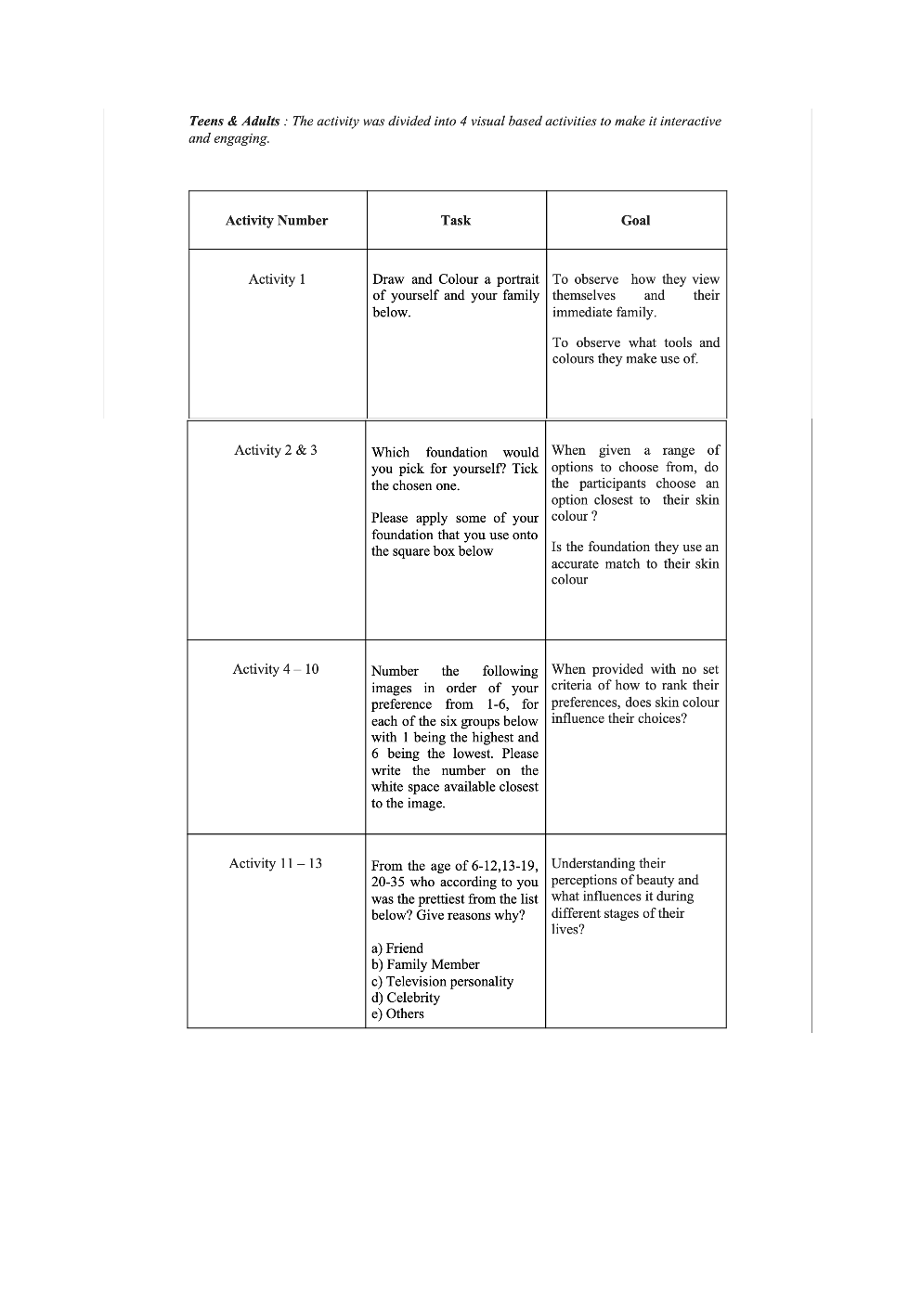
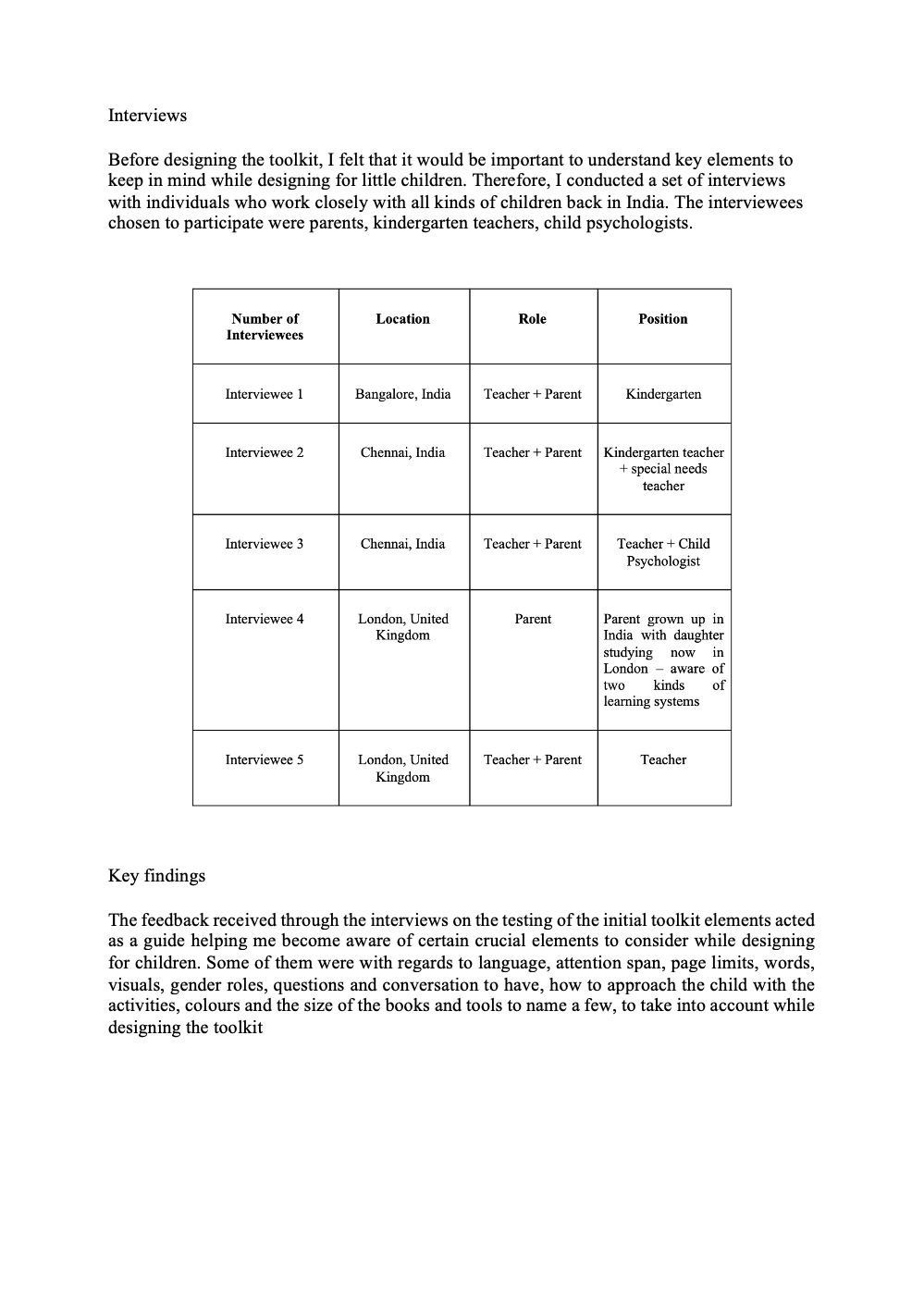

User Testing Study
The activities revealed that colorism takes root at a very young age, affecting even children unconsciously. These findings reinforced my decision to focus on children as the core of my project, aiming to address this social issue from the grassroots—within homes and schools. By involving parents, teachers and children, I hope to break the cycle of colorism in India and prevent it from passing on to future generations.
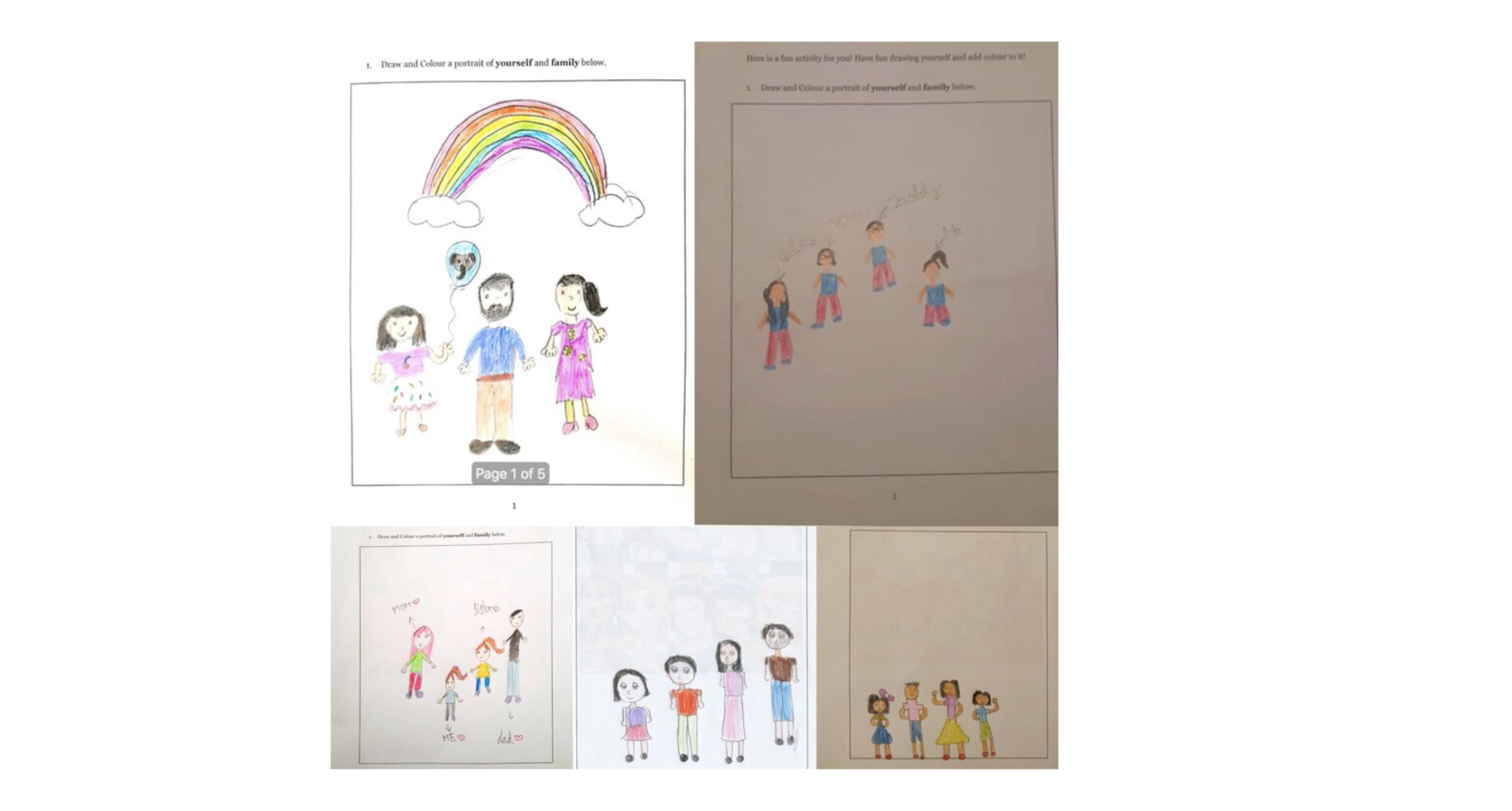


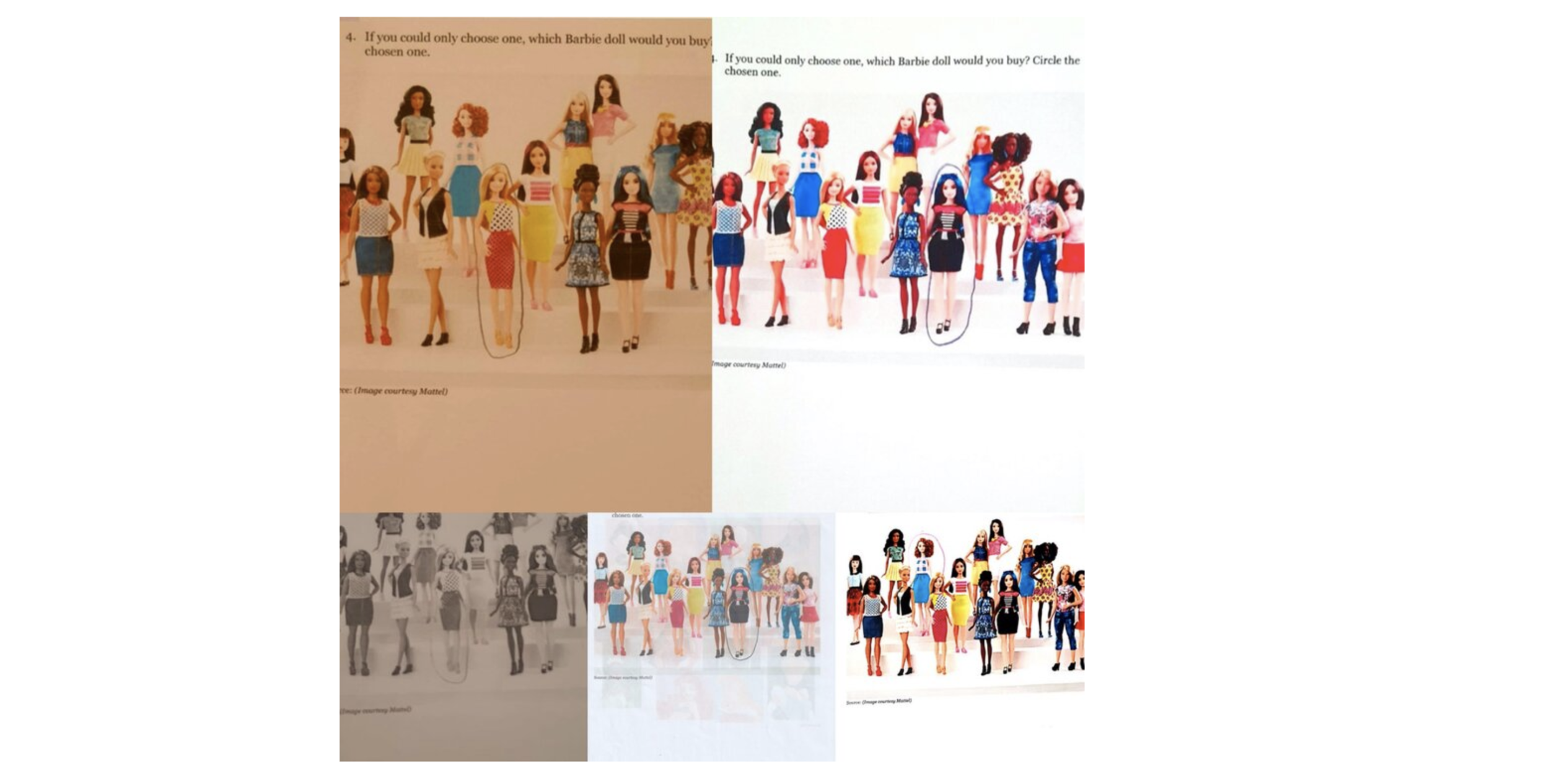
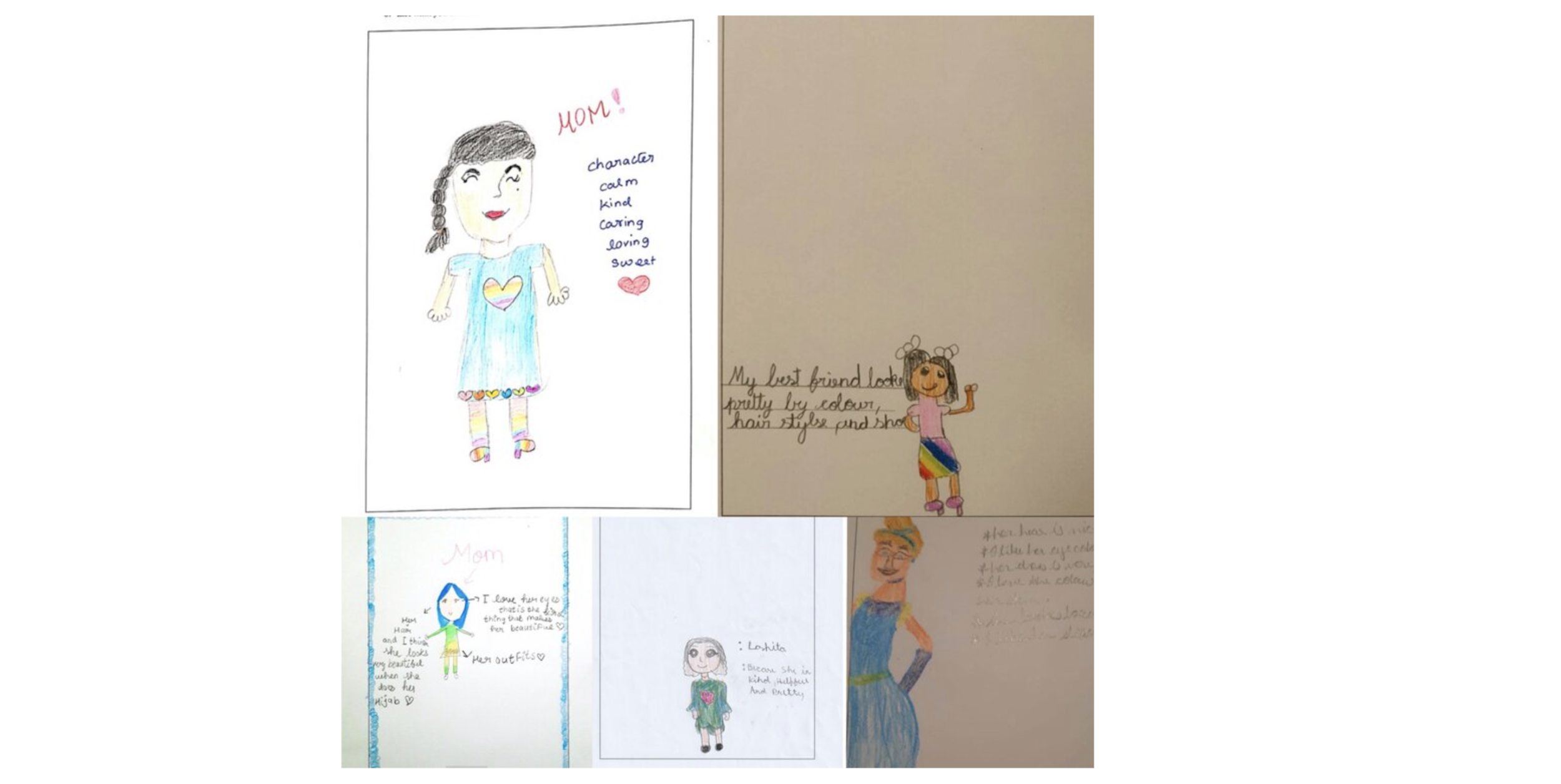
Rapid Prototyping
This lead me to the next phase of my project which narrowed down my target audience to girl children. Though this bias exited amongst all three age groups, I felt that by bringing in awareness and change of attitudes at the very grass root level ( children) would be the most powerful. I now was looking at various mediums children interact with currently both physically and digitally. Brainstorming allowed me to list down all kinds of interactions, tools and spaces.
The idea of designing a physical book interested me the most. I wanted to design a tangible experience where children could read a personalised story book in which they could read and see characters from the book in their skin colour. The objective is for the child to develop positive attitudes towards the perception between beauty and the colour of their skin.
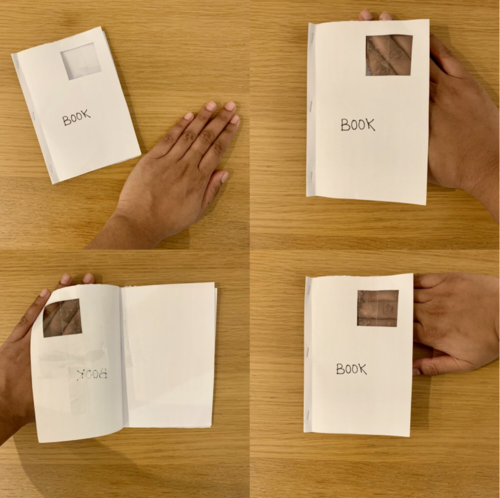
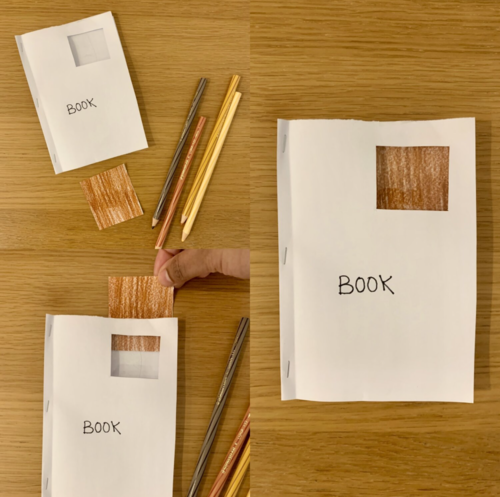
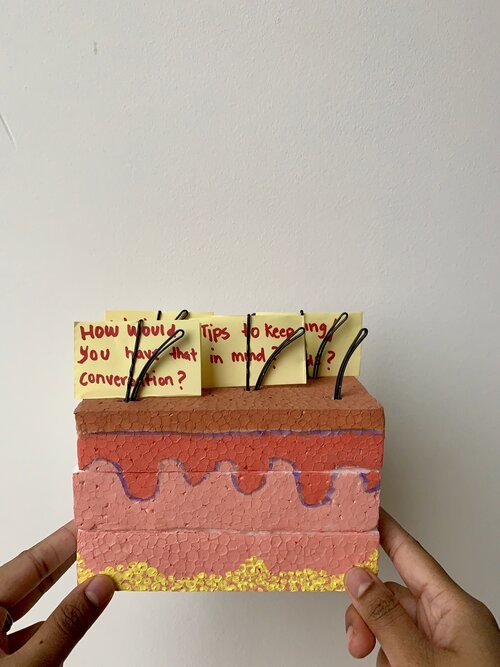


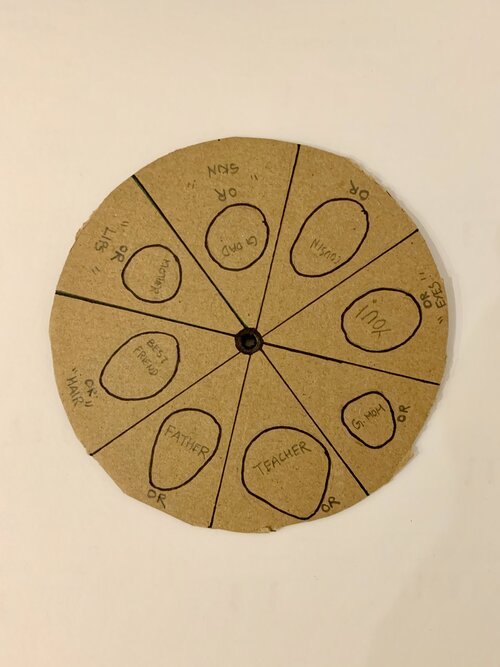


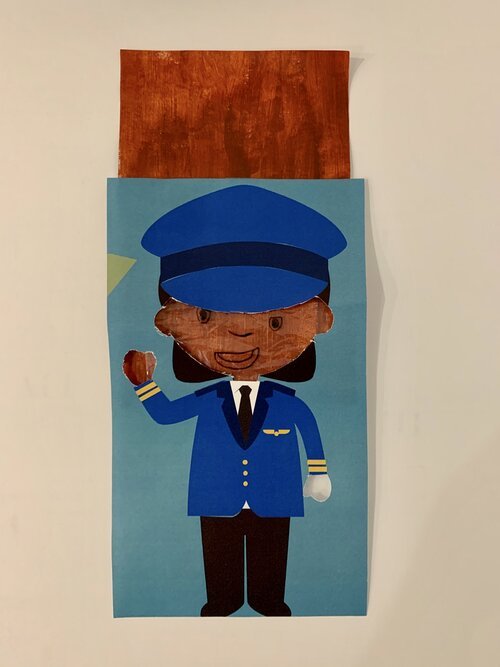

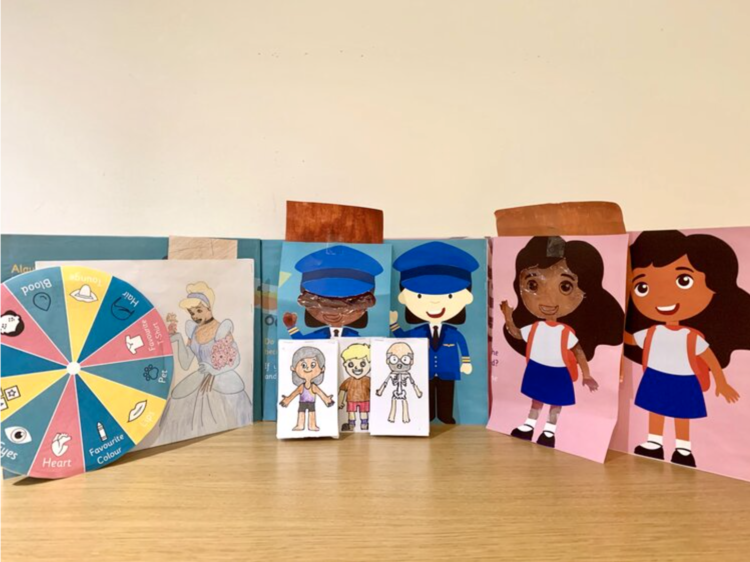

The Final Outcome
Little Heroes
Little Heroes, allows the child to apply their choice of colours onto the illustrations using a range of colour pencils that come along with the toolkit. During the exercise, the parents should notice what colours their children are using. Once the exercise is completed, here are some questions that can be used to start the conversation. What made you choose that colour? If they choose a colour close to their skin - Do you think she is beautiful? What makes her beautiful?
I have also designed for an alternative method that makes bringing the child’s true and authentic skin colour shade that can be applied to the various characters in the book.
As a User Experience designer, I was passionate to create an experience that would enable a child to experience their real skin colour onto the characters they interact with. This was done by making the book small enough so that any phone can fit behind the characters cut out. The task is for the parent to click a photo of their child’s skin colour from the back of their hand, and then inserting the image on the phone screen behind the chosen character.
The objective is for the child to see themselves in the characters they interact with, allowing them to celebrate themselves as who they are and allowing them to become those characters as well.
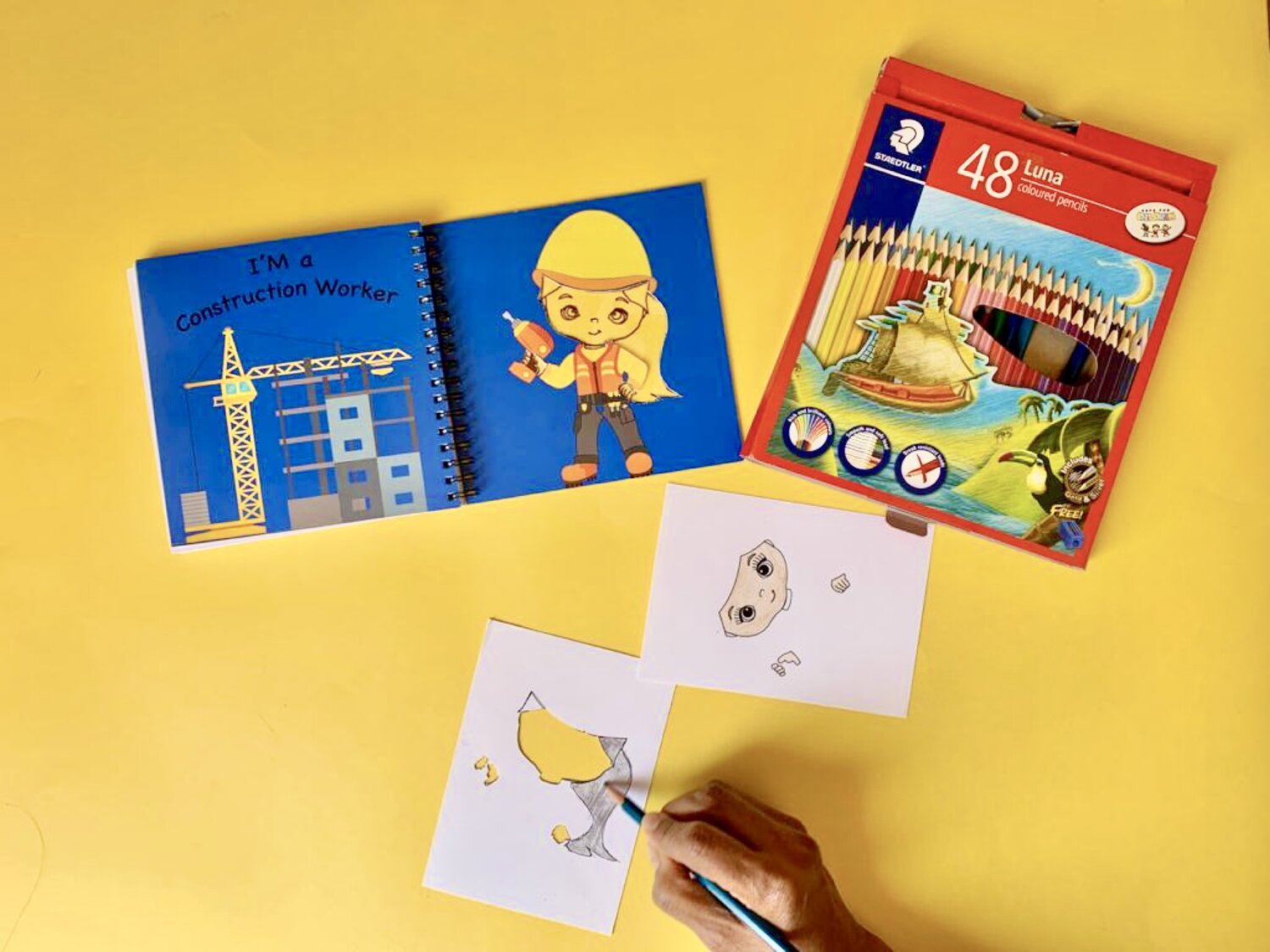


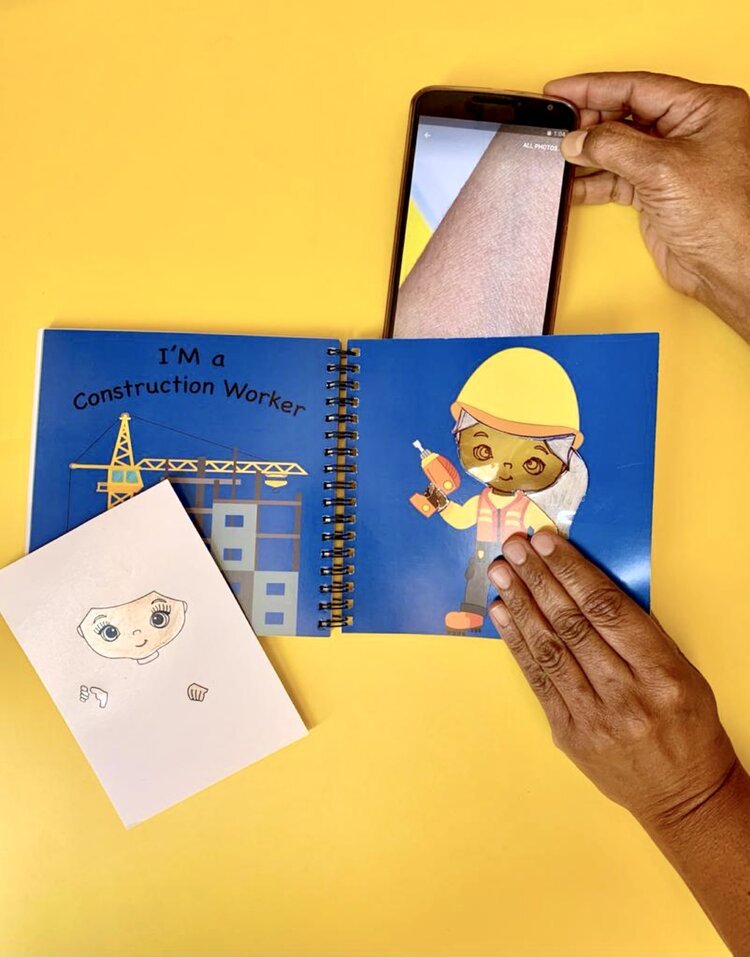
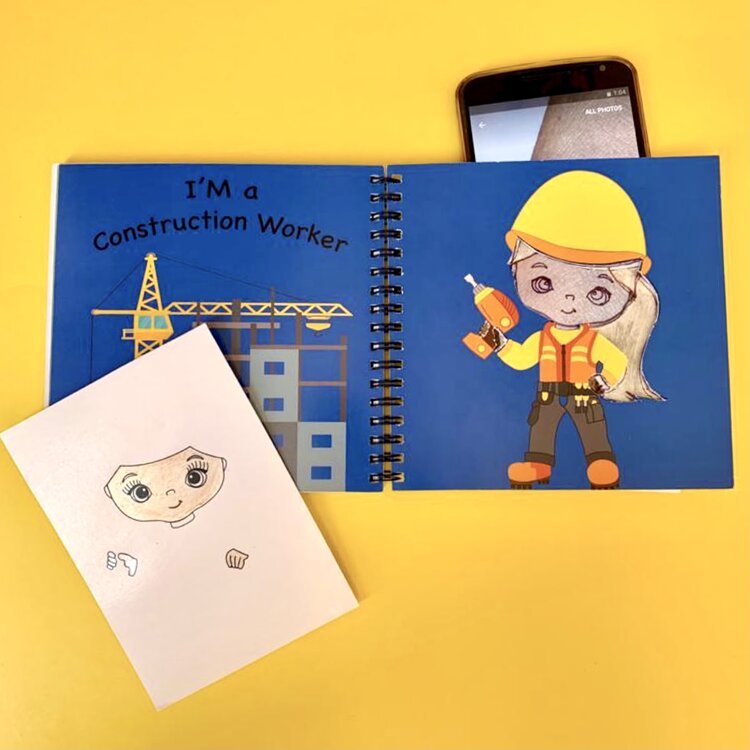
Skin Deep Cards
Skin Deep cards include all the layers that make us human, on the surface, we might all look different but as we peel away each layer we find that we are more and more the same. To begin with, sort the cards into the respective character silhouettes, you should have 6 piles of cards. Now arrange each pile according to the numbers on the card, making sure that 1 is on the top and 6 is on the bottom.
Start the exercise by asking the child to spot the differences between the different characters. Next, ask them to spot the similarities. Once they have completed this ask them to peel away the top card from each deck, repeat this process until they are at the last card. We intend that the child sees beneath all those differences at the surface level and that we are all similar underneath.
Wheel of Colours
Wheel of Colours is an activity that comes in a pack of six, with symbols that represent different parts of our bodies. The wheel is meant to be spun and will land at every symbol. The child then picks a colour of their choice to colour around the white space of that symbol and continues to spin further to complete the entire circle which would now have different colours.
The spare wheels enable the child to make more wheels of colours of their immediate family and friends, which allows the child to think about themselves and everyone around them.
The aim of this exercise is to celebrate and enjoy picking out all the colours that make them who they are. The activity hopes to create an experience that skin colour is just like any other colour in our body.



